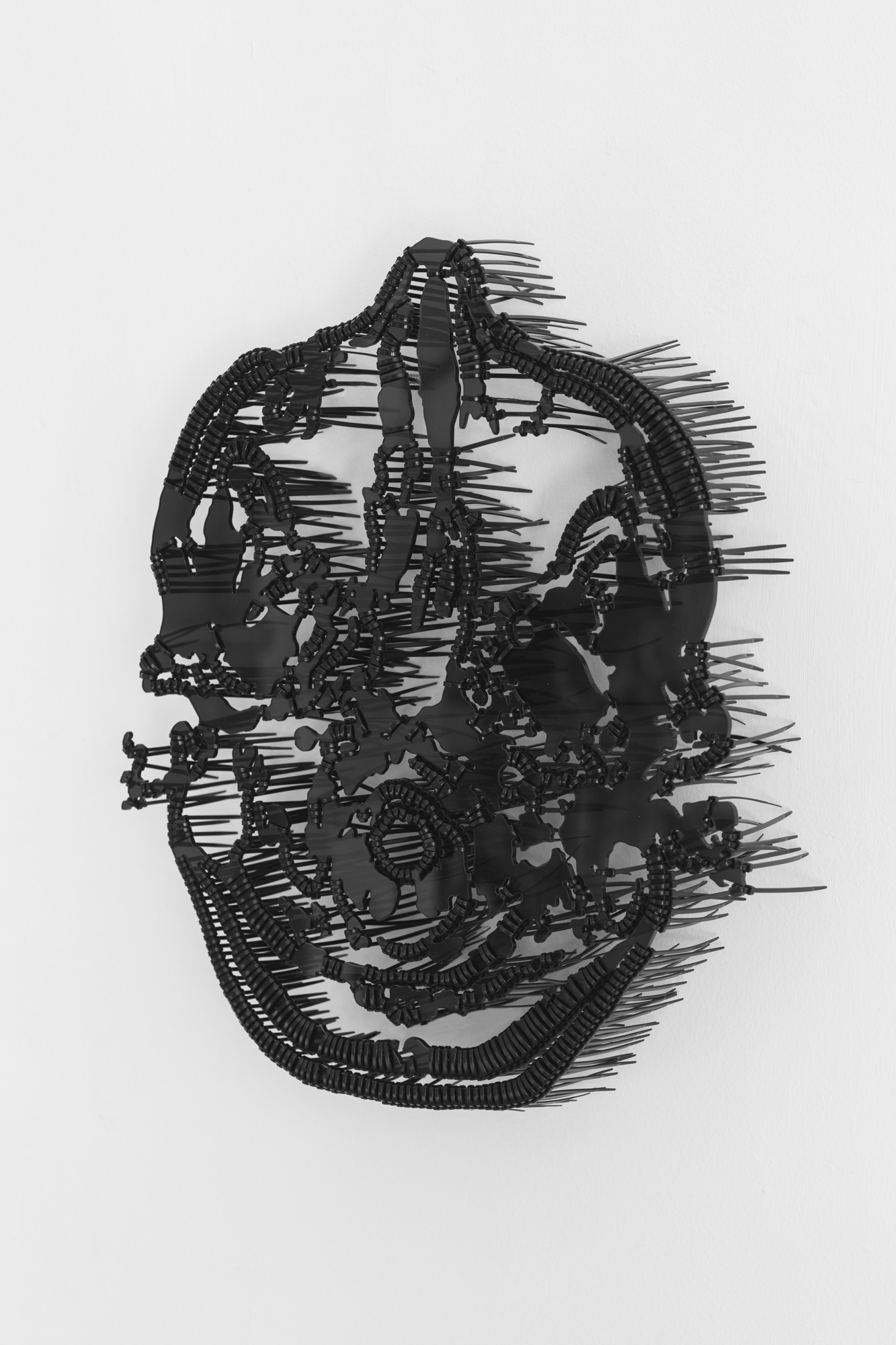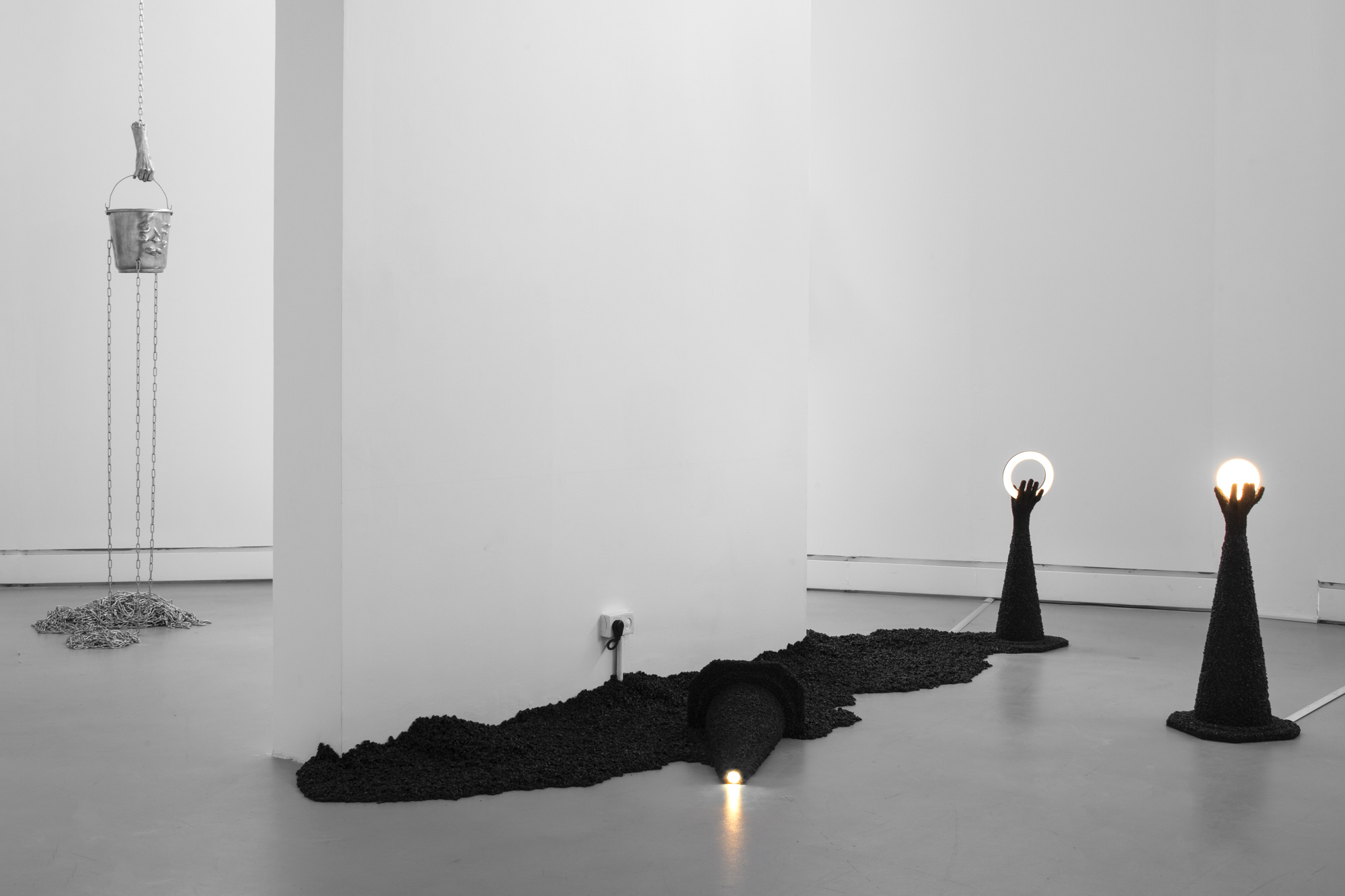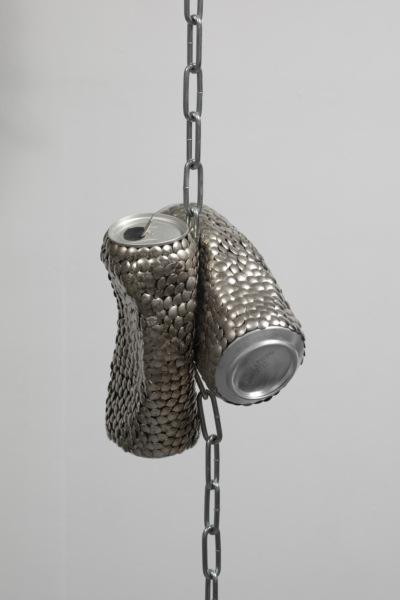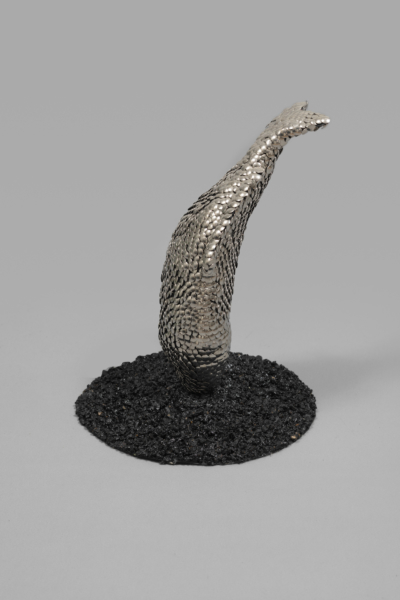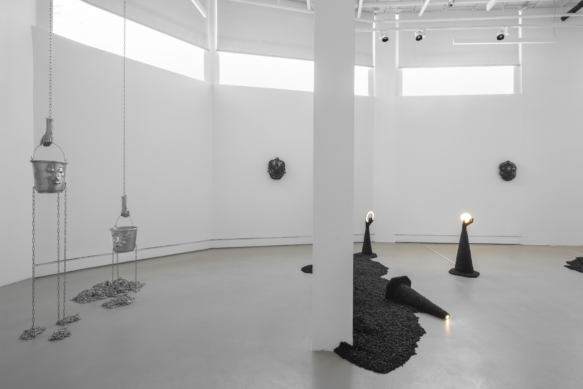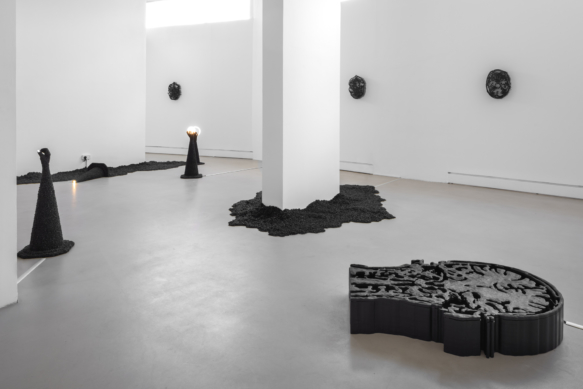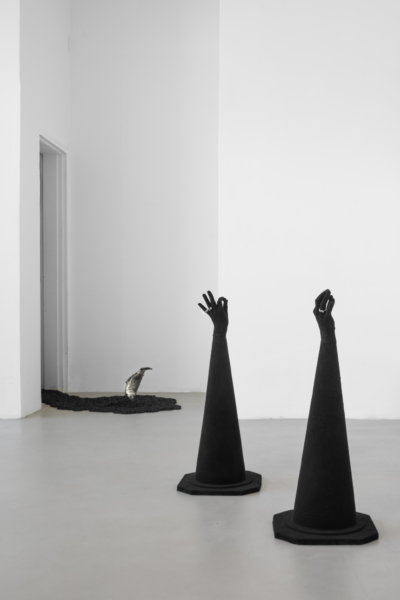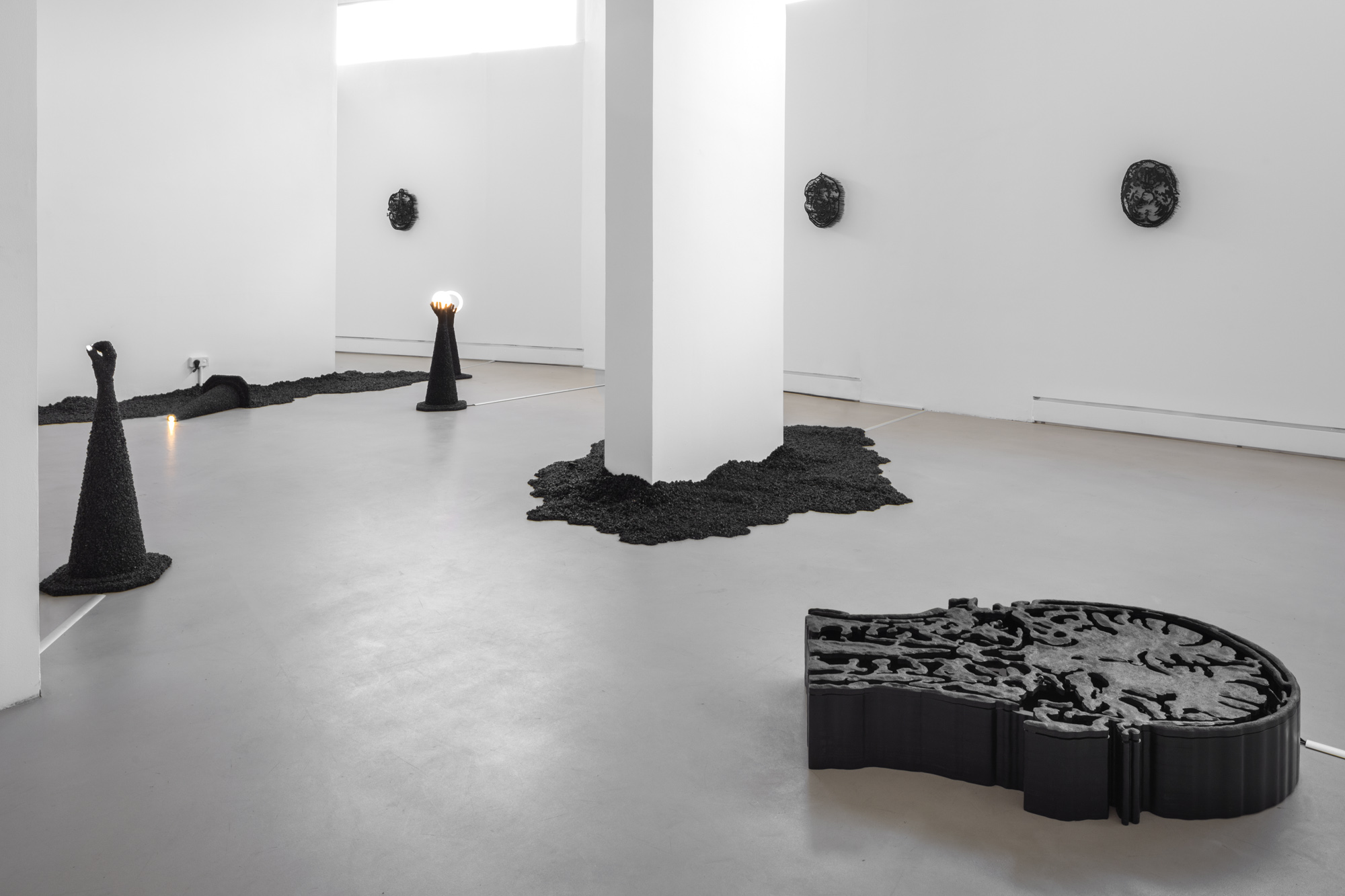A suggestion made by a friend, a brain researcher, led Maayan Shahar to Ichilov Medical Center. She drank a prescribed dose of a drug and wandered the white corridors accompanied by an assistant. She then lay down, was inserted into an MRI scanner, and let the machine linger inside her head. The machine slowly monitored brain tissue, scanned her body vertically and horizontally from the crown of the head to the base of the spine, and ultimately produced a printout: layers of blacks, whites, and grays; scans recounting her brain.
The use of hallucinogenic drugs is prevalent in research exploring different treatment therapies seeking to alter the consciousness. These drugs cause a dissociative experience, leading to a sense of defamiliarization and estrangement from reality, allowing one to observe it anew and gain fresh insights. It is an intuitive perception which differs from the sensory perception we know, one which does not adhere to the sense of self whether physically or in terms of identity. It produces a momentary capsule reality in which the mind’s attention is suspended, opening a window to one’s inner self—a rare experience to which we are unaccustomed as adults, whose comprehension of the present relies on memories, feelings, and past experiences, alongside a desire for a predetermined future experience. It is an opportunity to return to the experience of the child, who is not yet in line with his self-identity, which will dissolve over the years and be replaced by a structured reality.
Through the title of the exhibition, “Dilating in the Dark,” Shahar reminds us of a well-known scientific fact: even if it takes a while, the eyes will eventually adapt to seeing in the dark. It is an invitation to a short-lived dive—until the senses come around and can once again tell the different layers apart, grasp space and depth, notice the intrinsic range of colors, knowing that everything will be back to normal shortly.
In Shahar’s new works, black is revealed in a broad scale of textures and colors. It shimmers amid the asphalt stones, which she has meticulously separated and carefully set in a new order on the traffic cones, as if they were precious gems. It shines through the dozens of cable ties fastened in a sequence to the acrylic glass incisions. Matte black meets glossy black. Bubbling, it is reflected through the spaces in the dark murky water. It is granular and opaque, rising and falling like a topographical map. Looking at the surface, one can envision the fingers that sculpted it. It is rough to the touch, and velvety elsewhere. It is present on a glass marble akin to an expanding pupil, trying to adapt and see again in the dark. It swallows you, and at the same time—makes it possible to...
Read More 